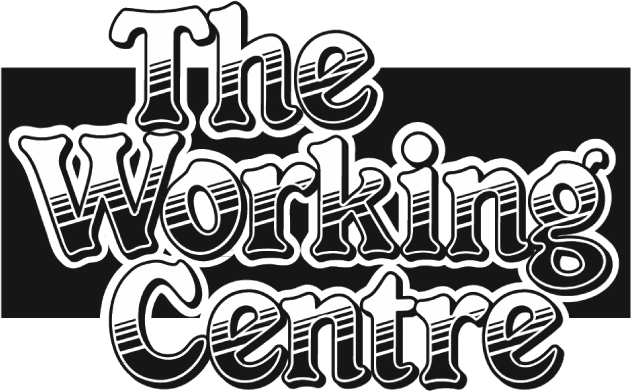1.1 Purpose and Scope
The purpose of the inventory is to provide a single point of information on financial inclusion programs in Waterloo Region. It is intended to serve as a tool for support providers as they assist people with low income who experience financial instability and exclusion to access available programs and services. This inventory is also intended to support:
- Activities of the Money Matters Community Collaborative.
- Activities within All Roads Lead to Home: The Homelessness to Housing Stability Strategy of Waterloo Region.
- Planning and action across Waterloo Region.
The inventory presents a listing and description of financial inclusion programs and services in Waterloo Region. The inventory was compiled between December 2011 and April 2012, and captures programs largely within Cambridge, Kitchener, and Waterloo.
This first edition of the inventory focuses on six categories of formal programs: banks, credit unions, financial literacy/education programs, identification supports, income tax supports and trusteeships. These programs were selected as they are directly related to increasing access to financial services and supports while decreasing dependence on fringe banking alternatives. Programs and initiatives were selected for the inventory if they focused predominantly (more than 50% of activities) on supporting greater financial inclusion for those living with low income.
The local definition of financial inclusion remains under development. Current definitions tend to be more narrowly focused on individual interaction with financial institutions, most of which are private, and associates individuals as being “banked” or “unbanked.” However, if attention to financial inclusion arises within the context of community inclusion, it can be more broadly defined to include having the ability to fully participate in the community and to develop positive relationships in the exchange of goods and services despite living with low income.
While acknowledging a more comprehensive view of financial inclusion, areas that are more general (such as poverty and employment) or are not one of the six defined categories identified above (such as income support and bartering programs) are currently outside the scope of this inventory. In addition, the inventory does not provide an analysis of gaps in the community but it is hoped could be used to inform such an analysis. It is planned that the inventory will be reviewed within two years so that it can be updated and expanded with new programs and information.

